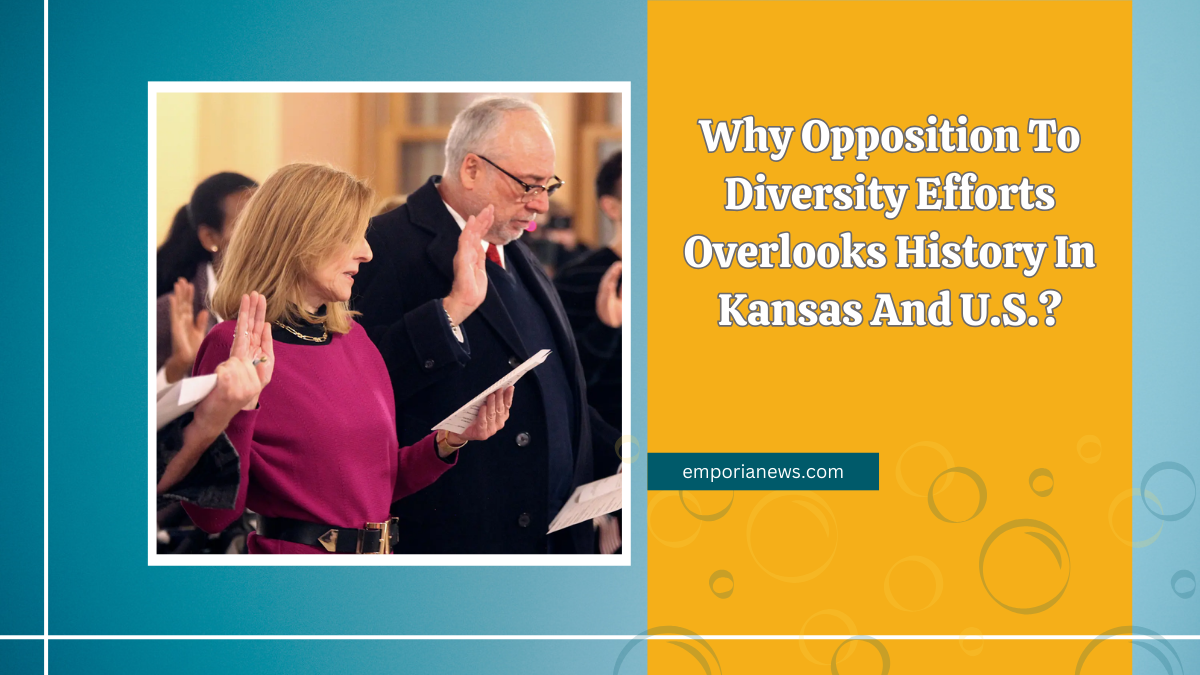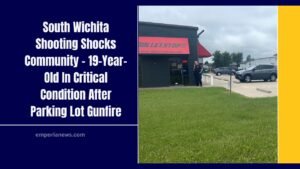In recent times, Kansas has witnessed a surge in debates surrounding diversity initiatives. Many individuals express discontent with these efforts, often stemming from a lack of understanding of our shared history.
This article delves into the core reasons fueling this discontent, highlighting the historical contexts that are frequently overlooked.
Historical Misconceptions Fueling Resistance
A significant portion of the opposition to diversity efforts arises from entrenched historical misconceptions.
Many individuals have been educated within frameworks that either gloss over or misrepresent the complexities of our collective past, leading to a skewed perception of current diversity initiatives.
The Legacy of Racial Caste Systems
The United States, including Kansas, has a deep-rooted history of racial caste systems that have perpetuated inequality.
Diversity initiatives aim to address and rectify the lingering effects of these systems, but a lack of awareness about this legacy leads to misunderstandings and resistance.
Educational Gaps and Their Impact
Educational curricula often fail to comprehensively cover the histories and contributions of marginalized communities.
This omission fosters a limited worldview, causing individuals to question the necessity and relevance of diversity efforts.
The Role of Media in Shaping Perceptions
Media representations play a pivotal role in shaping public perceptions of diversity initiatives. Sensationalized or biased portrayals can skew understanding, leading to unwarranted skepticism and opposition among the populace.
Economic Disparities and Social Stratification
Economic inequalities, often along racial lines, persist in Kansas. Diversity efforts seek to bridge these gaps, but individuals may view such initiatives as unnecessary or discriminatory without a clear understanding of the systemic nature of these disparities.
| Historical Misconceptions | Racial Caste Legacy | Educational Gaps | Media’s Role | Economic Disparities |
|---|---|---|---|---|
| Skewed historical narratives | Persistent inequalities | Limited curricula | Biased portrayals | Systemic economic gaps |
| Overlooked contributions | Lingering effects | Omitted histories | Sensationalism | Racial economic divides |
| Simplified past events | Social stratification | Lack of representation | Misrepresentation | Unequal opportunities |
| Ignored systemic issues | Discriminatory practices | Narrow perspectives | Public skepticism | Wealth distribution issues |
In conclusion, the discontent surrounding diversity efforts in Kansas is deeply intertwined with historical misunderstandings and a lack of comprehensive education on our collective past.
Addressing these issues requires a concerted effort to educate and inform, fostering a more inclusive and accurate understanding of history.
FAQs
Why do some Kansans oppose diversity initiatives?
Opposition often stems from historical misconceptions and a lack of awareness about systemic inequalities that diversity efforts aim to address.
How does education influence views on diversity?
Educational gaps, particularly the omission of marginalized communities’ histories, lead to limited perspectives and skepticism towards diversity initiatives.
What role does media play in the diversity debate?
Media can shape perceptions through biased or sensationalized portrayals, influencing public opinion either positively or negatively.




